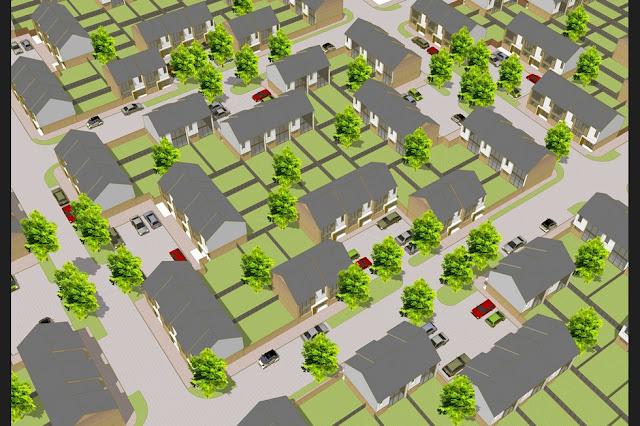 |
| The Minotaur surprised while eating Maggi Hambling - Tate |
It just gets worse : AVBC's Local Plan Inspector's note July 2018
 |
| Timetable chart extract from Inspector's note |
"The process of identifying and proposing additional sites for housing and other uses should be carried out in an open and transparent way, using an appropriate methodology which objectively considers and assesses the reasonable alternatives. The Council should set out clearly its reasons for selecting the reasonable alternatives chosen, which should then be subject to an equal examination. This would be best achieved by the production of an Addendum to the Sustainability Appraisal (SA).
With regards to the submitted SA, although I acknowledge, for instance, that it is important to take into account additional information that may be available in respect of a site which is the subject of a current planning application, this should not be at the expense of a site which does not have the benefit of further detailed supporting evidence. In cases such as this, the Council should consider the possibility of similar provision being made on the other site or sites in order that the reasonable alternatives are assessed on an equal basis". (that second paragraph is a killer)
There is considerable cause for concern as they have been basing the housing forecasts on pre-existing planning applications and it would be prudent to assume that the green belt assessment will follow this pattern, a re-assessment of hitherto rejected planning applications to develop land such as AVA/2017/0322 which proposed 185 homes on 10.6 hectares of green belt land off Crich Lane in 2017. (more on planning application AVA/2017/0322 go here)
A pertinent question would be, "how many rejected applications to build on green belt land could be referenced by AVBC?"
Back to the positive
You can find a video of the developer describing the construction of Pinglewick here.
We discussed in a previous blog post that a better way forward for AVBC would be to assess how much development could be undertaken on brownfield sites ............ using as an example the work undertaken or commissioned by the NP4B team. This prompted a thought ........ just how many hectares of brownfield locations were included in the AVBC brownfield site register? The answer, after a simple totting up (didn't even have to take my socks off) is 149.36 hectares. Which leads on to how many dwellings could be built on these brownfield sites:
Yes of course not all of the sites would be suitable for housing or at appreciable densities but as the target number of homes in Amber Valley is 9,770 there is a fair degree of leeway ........... especially as there are a considerable number of windfall and other large housing developments that have been built since 2011. The Office of National Statistics (ONS) lists 56,130 households paying council tax in 2016 whereas in 2011 there were 52,596 ............ an increase of 3,534 though how many of these extra dwellings are counted towards the Local Plan target is a moot point (a development below a certain number of houses is not "statistically" relevant ... apparently). If we assume an incremental increase of 700 homes per year of which a conservative third or 233 can be counted as part of the Local Plan target then by now (mid-summer 2018) the target has dwindled to somewhere around 8,200. If these calculations were acceptable to the inspector then there would seem to be enough brownfield site capacity in Amber Valley to match the target. If, as would seem sensible, the Local Plan end date was adjusted (2011 - 2028 = 17 years) to 2035 then we could assess the true value of brownfield sites for years to come. No need for development of green belt or green field land.
A further look at densities
We should also note that densities above 80 are achievable on some sites as per these two examples:- Belper East Mill development proposal is over 600 dwellings per hectare so renovation of existing though moribund industrial premises offer significant advantages.
- Pinglewick is over 400 dwellings per hectare.
Examples of acceptable housing densities can be found here in an Architect's Journal article - Planning Suburban Housing Density and three informative graphics from that publication are copied below:
 |
| 35 dwellings per hectare |
 |
| 50 dwellings per hectare |
 |
| 80 dwellings per hectare |
A cautionary note is that two extant planning applications for local brownfield development sites, the Arbru site in Milford and Derwent Street North in Belper were for density of dwellings per hectare of 22 and 26 respectively. There is obviously a lot of scope for the council to be in discussion with developers and funding bodies in an attempt to unlock the potential of our derelict brownfield sites.





